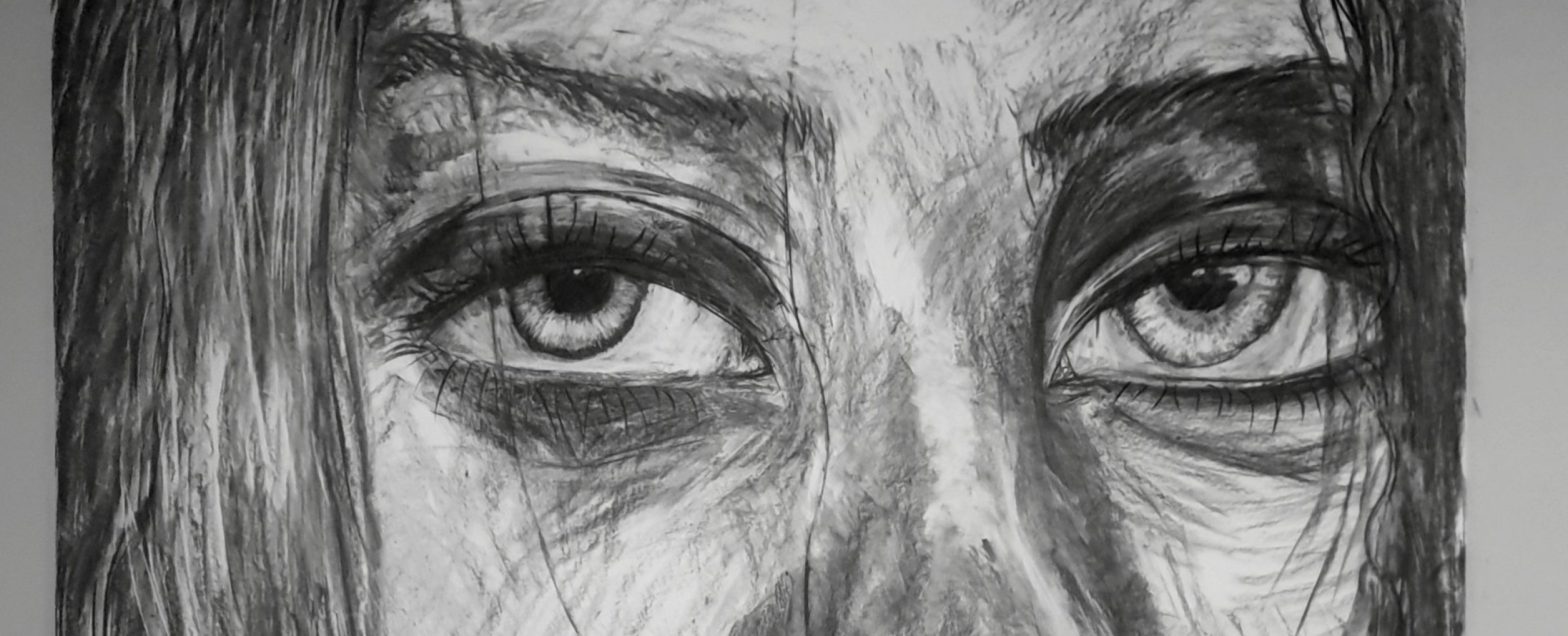My name is James Lester, I am an Oxford-based Fine Artist, and for the month of January I have been lucky enough to join Modern Art Oxford’s Communications and Marketing team.
My practice centres around a sense of scale. I find scale to be a really interesting thing you can do with a drawing. I generally draw celebrities at scale, in charcoal. To me, there is a lot to be said about how we view celebrities. Whether it be the god-like status they hold, or the starkly regular personalities that peek through their carefully crafted brands. I aim to expose these elements through the scale I use. To make them unignorable.
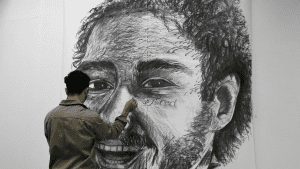
Simple things, I find, can massively change the way you look at a portrait of someone. For example, drawing a face without a neck and shoulders removes the space for the person to exist within – they lose their agency. I found this to be successful in my largest drawings to date – where the lack of context for the faces made them feel more like entities or icons, than people. Accessibility is a huge motivator for me and my practice – one of the mostly firmly grounded principles of my work is that anyone can engage with it – at whatever level that might be. Whether you are a Fine Art scholar, or someone who hasn’t stepped foot in a gallery before, I want to speak to you. Different people will hear different things, but as long as I can convince you to listen, and in a way, to be heard – then my job is done.
This is why I resonate so much with the ethos of MAO – inclusivity is one of their core tenants. So many galleries and art institutions like to give off an image of inclusivity. Unfortunately, beneath a thin veneer, it’s clear that it remains unresolved. MAO makes very real, actionable steps to make sure that as many people, from as many different paths of life, can interact with the arts.
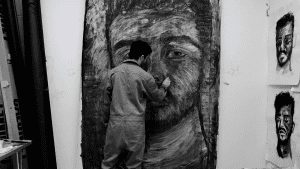
Galleries are a notoriously exclusive, and uncomfortable space within the arts – this is frustrating, but not impossible to overcome, as is made evident by the programme at MAO. Access for all is something which is a very admirable goal, but also an extremely formidable one. To make something sophisticated enough for the scholars, but approachable enough for the general public is paradoxical, and involves a minefield of different considerations. This topic fascinates me – I actually wrote my dissertation about it. If you’re interested in hearing more about what I think about accessibility in the arts, you can read it here.
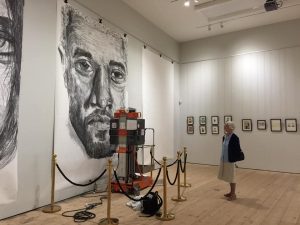
Nobody is perfect when it comes to accessibility – least of all me. There is always more to be done, and a varying list of reasons why it’s important. My journey of pursuing greater access started during my first independent group exhibition, at the Cornerstone Arts Centre. There my friend’s mother – who is in her 80’s – was looking at my drawings. My friend mentioned that she takes her mum to lots of contemporary art shows, and politely, she makes it quite clear that she can’t get her head around it. Despite this, she was so engaged with my drawings. The subjects (musical artists/producers Billie Eilish, Kanye West and Tyler the Creator from left to right) were certainly not people she recognised or knew – but something about my work captivated her. This fascinated me, and got me thinking about what exactly it was that allowed her to access my work, when other artworks were less engaging.
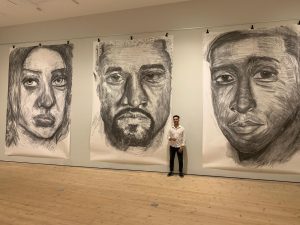
The answer is very complex, and varies from person to person. Despite this, I still feel that more can be done. My message to artists is to consider the viewer. Postmodern art seems to focus far too much on outsmarting others, and has forgotten about the importance of emotional affectability. Try to move someone from where they started, and worry less about being so clever.
If you would like to see more of my work, or find out more about me, my website is jameslesterart.com and you can follow me @jameslester_art on instagram.
